Optimal Seasons for Waterproofing
Waterproofing is most effective when performed during specific weather conditions that allow materials to cure properly and adhere securely. The optimal time generally falls during dry, mild seasons with low humidity and stable temperatures. Proper timing ensures longevity and effectiveness of waterproofing solutions, reducing the risk of failure due to weather-related issues.
Spring and early fall are considered prime times for waterproofing projects due to moderate temperatures and lower rainfall, which facilitate proper application and curing.
Heavy rain, extreme heat, or freezing temperatures can compromise waterproofing materials, leading to poor adhesion and reduced durability.
Scheduling waterproofing during dry periods allows surfaces to dry thoroughly, ensuring optimal adhesion and performance.
Temperatures below freezing or above 85°F can hinder the curing process and affect the effectiveness of waterproofing products.
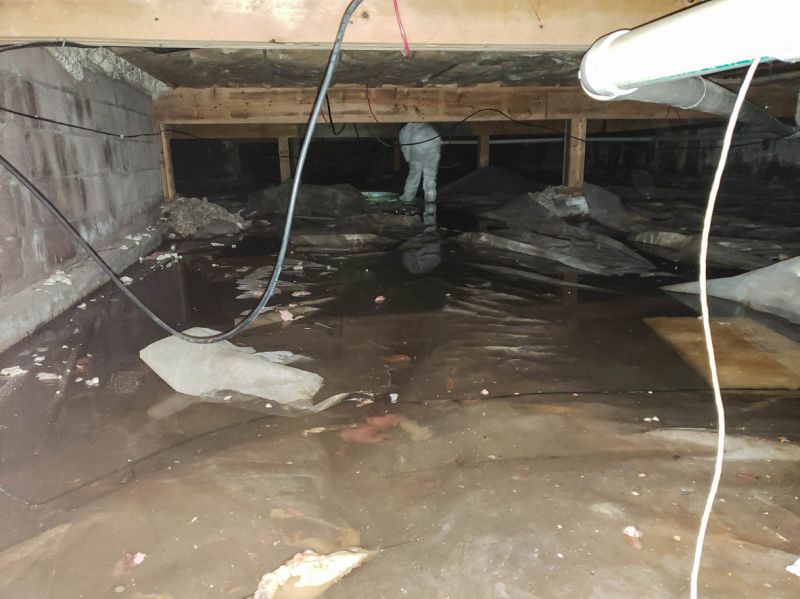
Ways to make Waterproofings work in tight or awkward layouts.

Popular materials for Waterproofings and why they hold up over time.
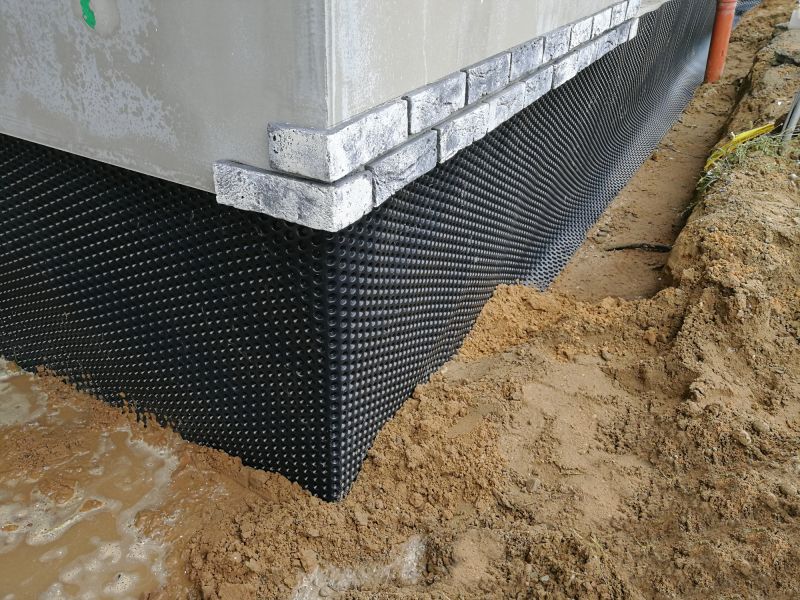
Simple add-ons that improve Waterproofings without blowing the budget.
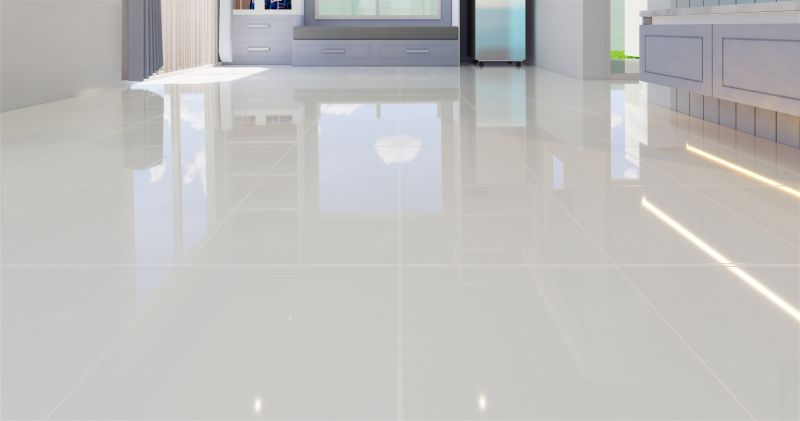
High-end options that actually feel worth it for Waterproofings.

Finishes and colors that play nicely with Waterproofings.
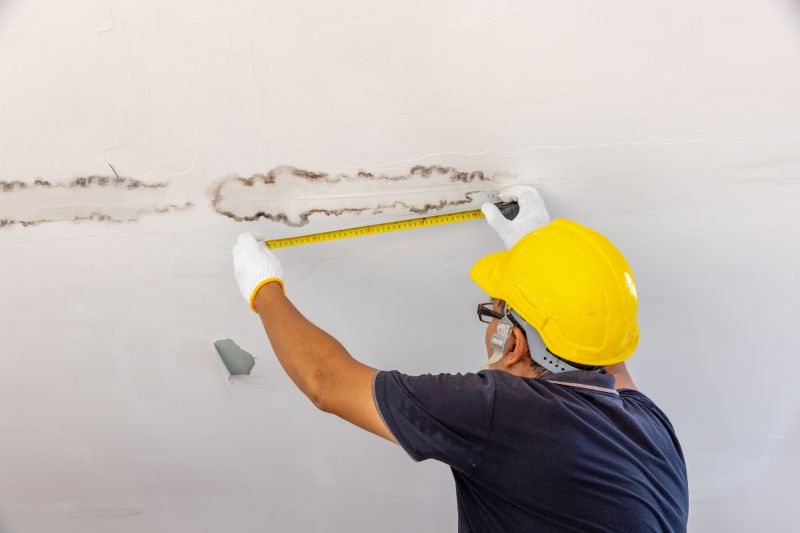
Little measurements that prevent headaches on Waterproofings day.
Waterproofings play a crucial role in protecting structures from water intrusion, which can lead to significant damage over time. They involve applying specialized materials to surfaces such as roofs, basements, and foundations to create a barrier against moisture. Proper waterproofing enhances structural integrity, prevents mold growth, and preserves the longevity of building components.
Statistics indicate that water damage accounts for a substantial portion of property repairs annually. Effective waterproofing can significantly reduce these costs by preventing water infiltration before it occurs. Advanced waterproofing solutions include liquid membranes, sheet membranes, and sealants, each suited to different applications and environmental conditions.
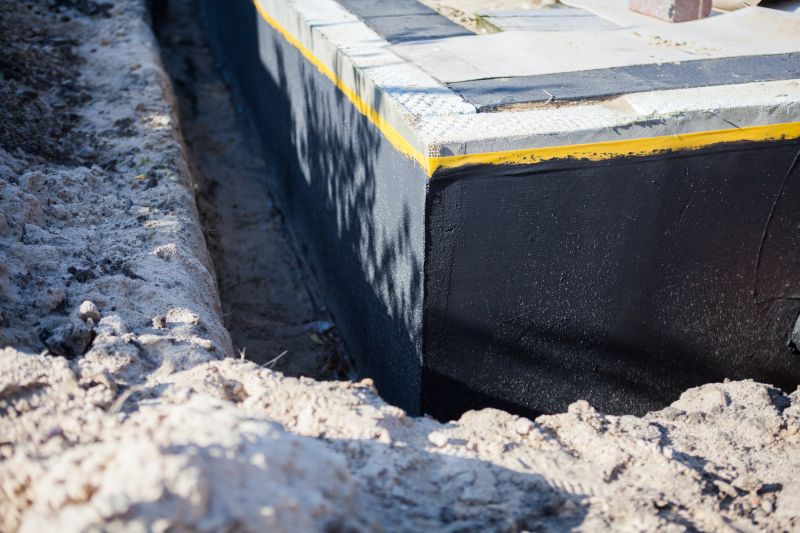
A 60-second routine that keeps Waterproofings looking new.

A frequent mistake in Waterproofings and how to dodge it.
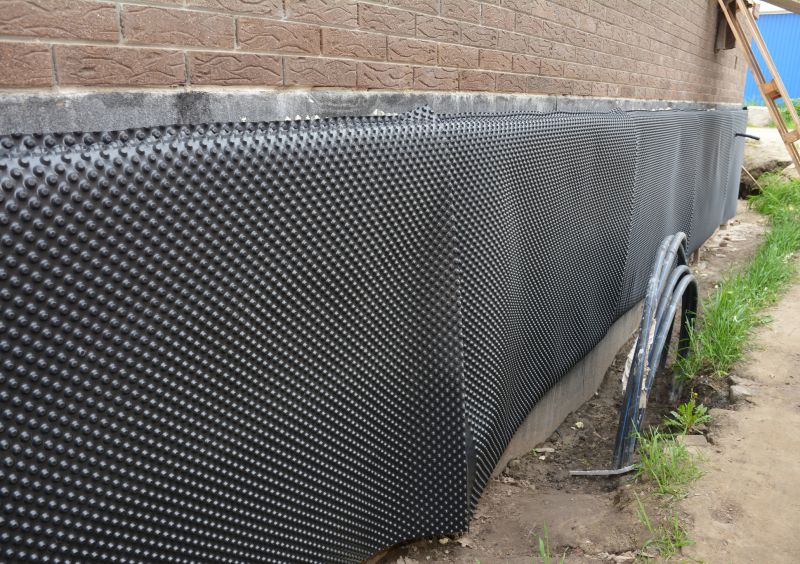
Small tweaks to make Waterproofings safer and easier to use.

Lower-waste or water-saving choices for Waterproofings.
| Application Type | Best Timing |
|---|---|
| Roof Waterproofing | Spring and early fall |
| Basement Waterproofing | Dry season with mild temperatures |
| Foundation Waterproofing | Spring and late summer |
| Deck Waterproofing | Warm, dry weather |
| Wall Waterproofing | Before rainy seasons |
| Garage Waterproofing | Spring or early summer |
Choosing the right time for waterproofing ensures optimal results and durability. Scheduling projects during favorable weather conditions minimizes risks of defects and enhances the protective qualities of the materials used. Proper timing is essential for maintaining the structural integrity and longevity of buildings in Portland, TN.




